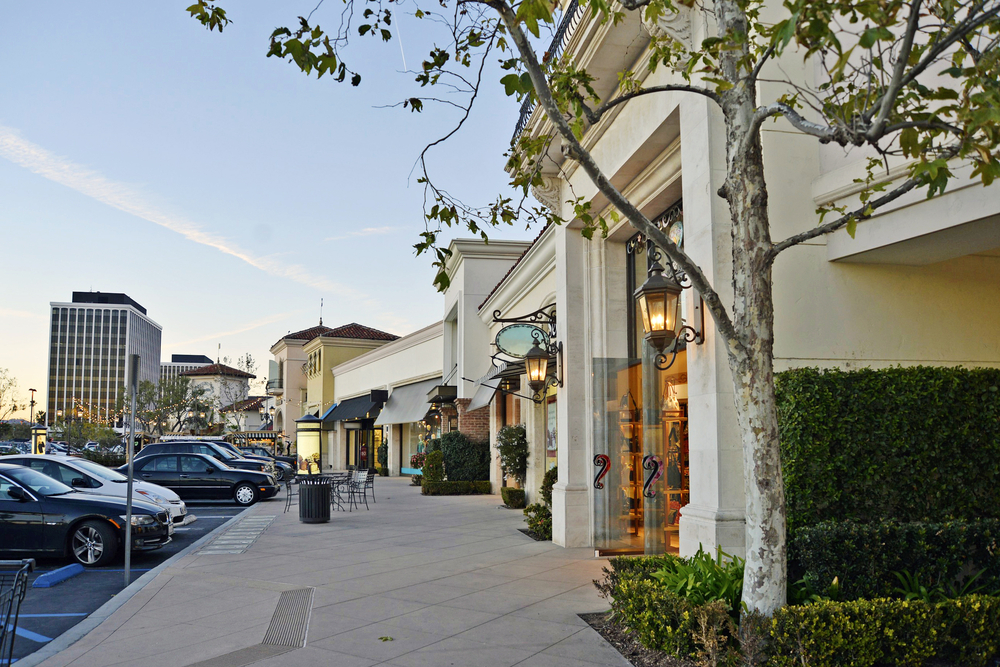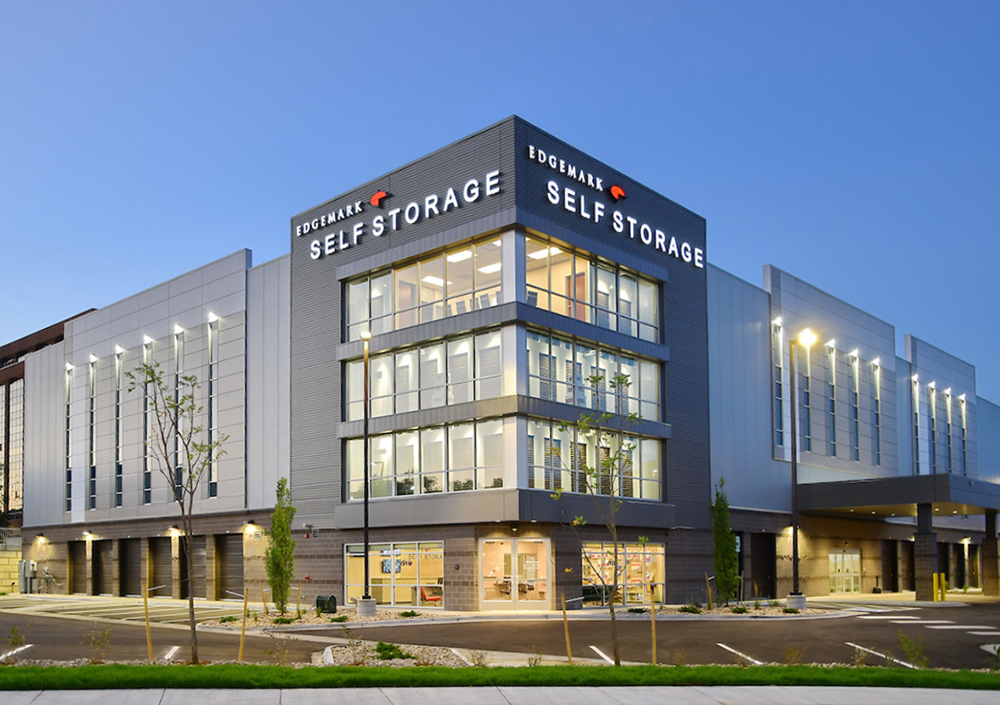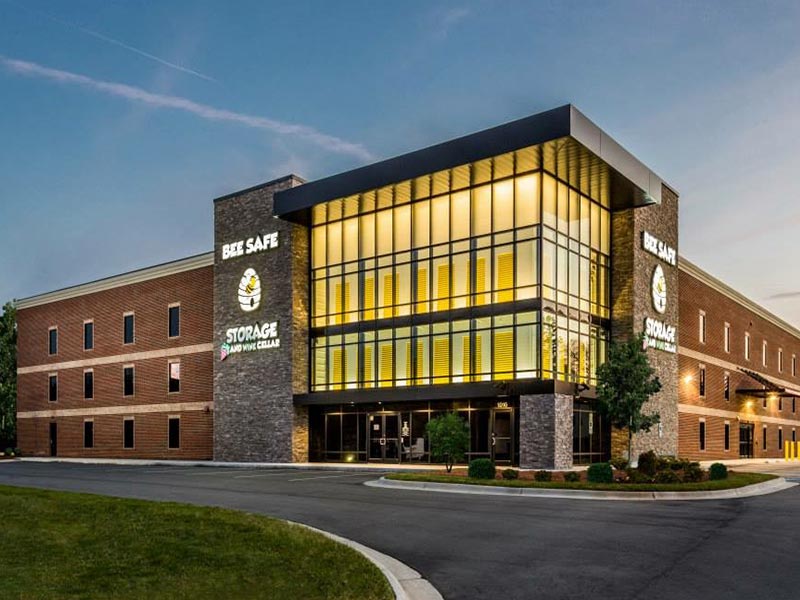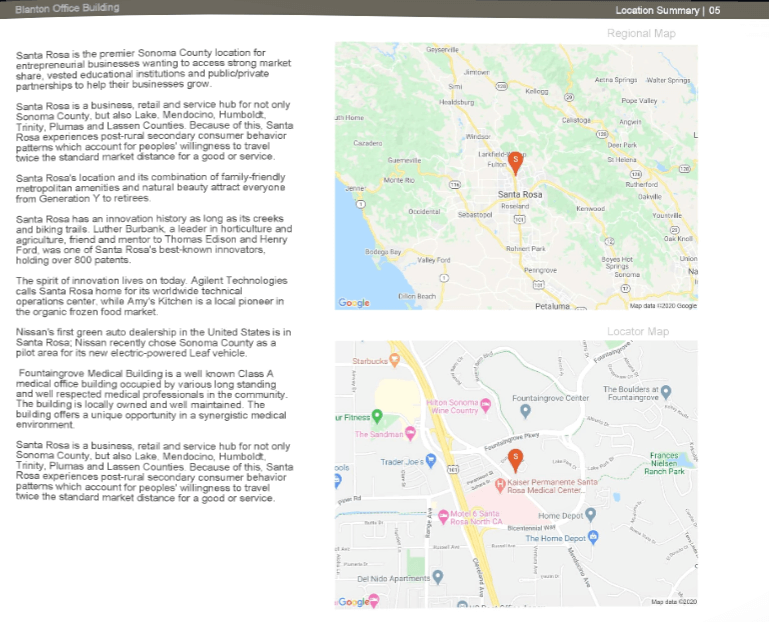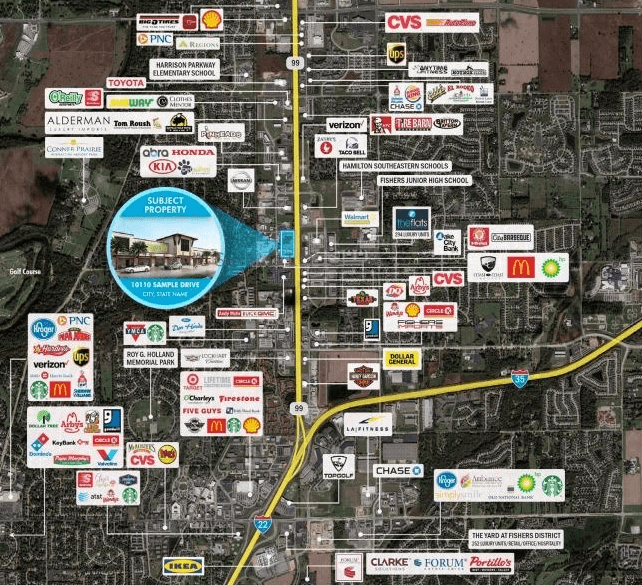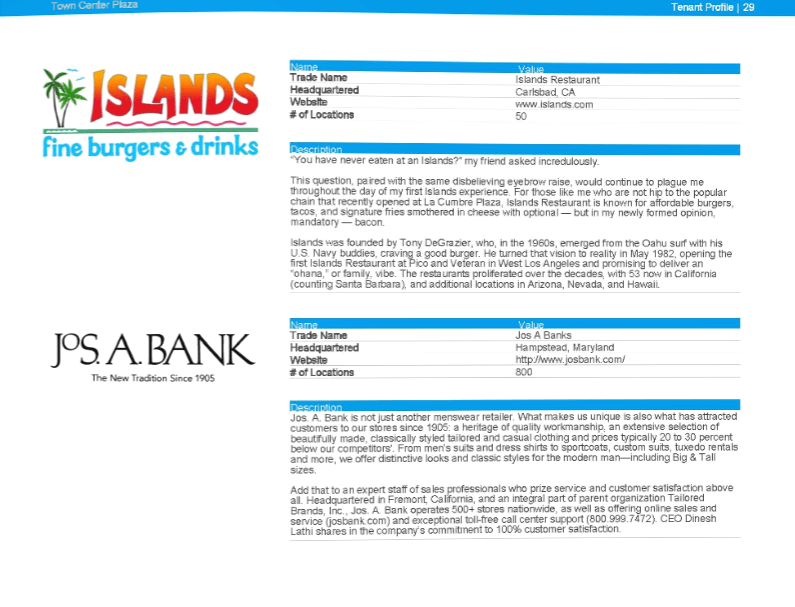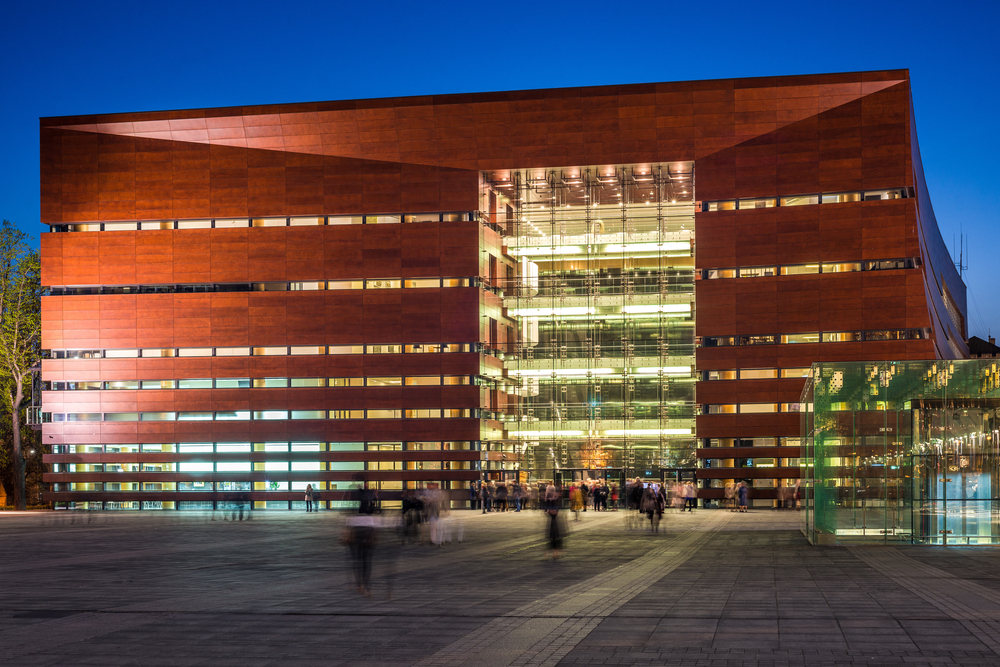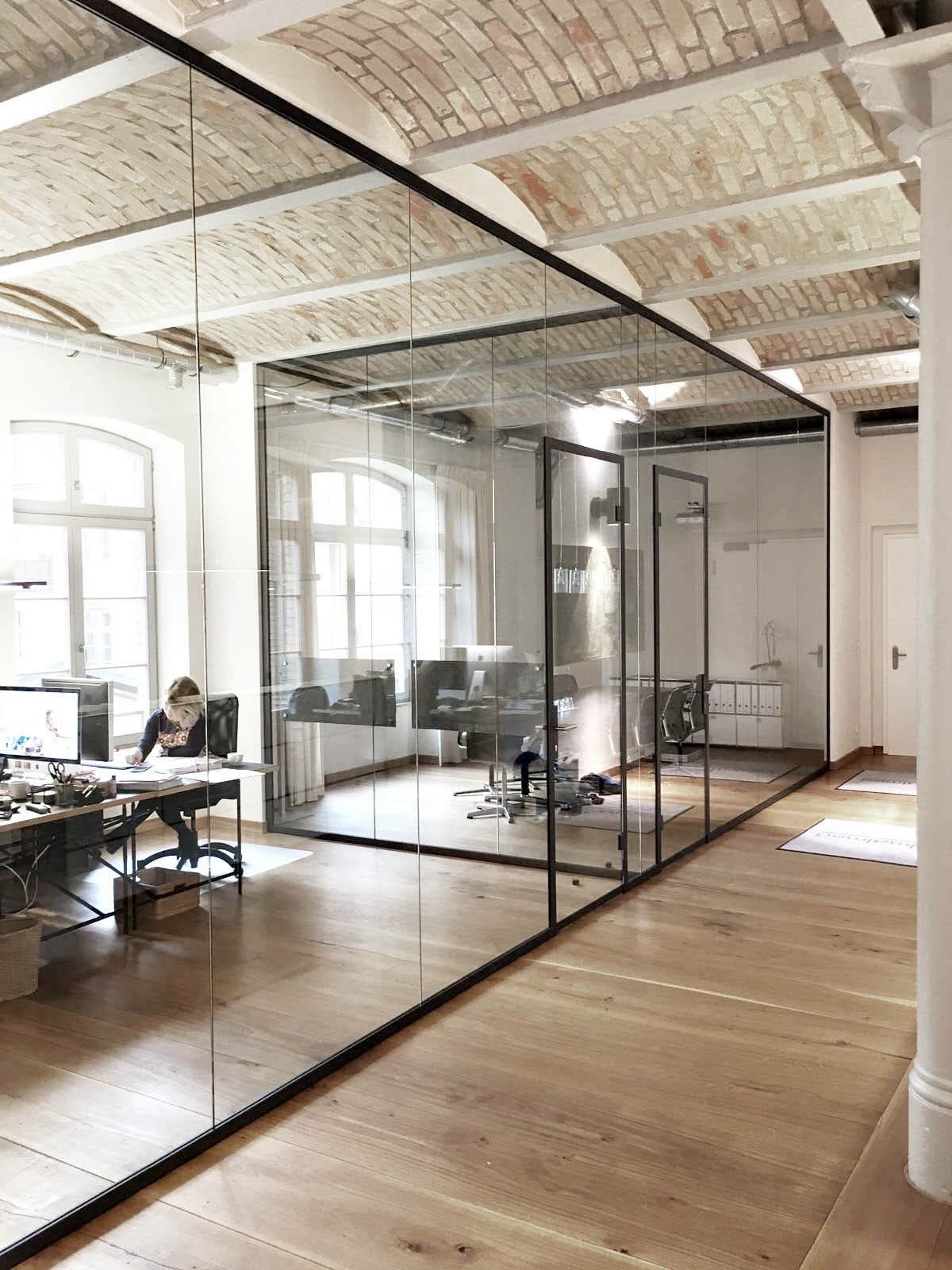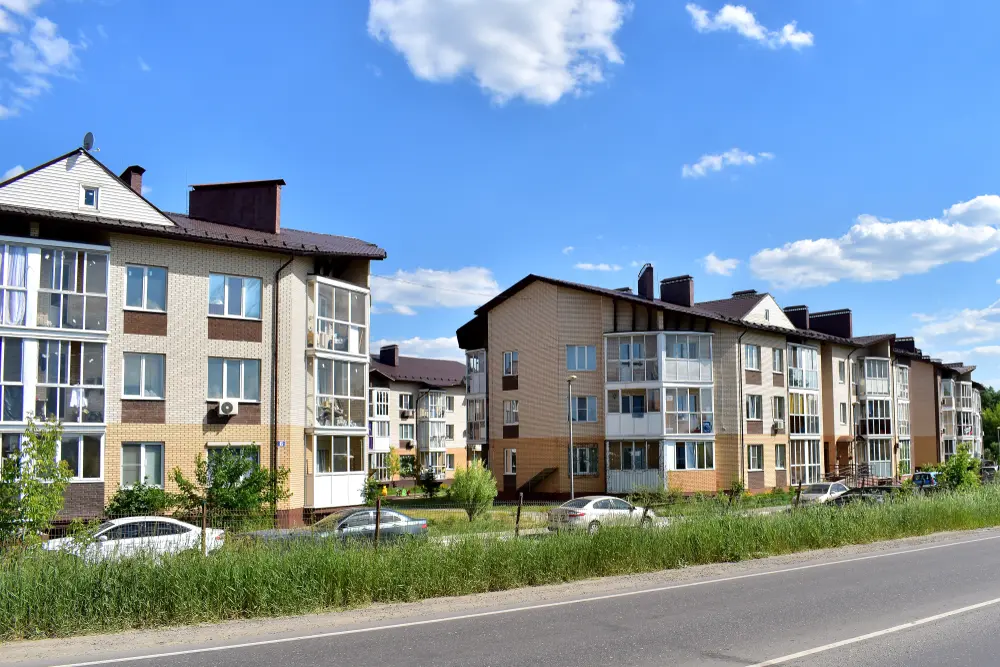Understanding Commercial Real Estate Leases
If we consider all possible commercial real estate leases, the net and gross stand on the two extreme ends of the spectrum.
Absolute net leases, also known as triple net leases, allocate all operating expenses of the property to the tenant. This includes property taxes, insurance, and maintenance. In addition to these costs, the tenant also pays rent, however, it is usually lower to offset the other responsibilities.
On the other hand, absolute gross leases, also known as full service leases, hold the landlord responsible for all operating expenses. The tenant is only responsible for paying the agreed rent. Of course, the base rent is usually higher with gross leases to compensate for the landlord’s elevated costs.
Between these two extremes, exists an almost infinite amount of leases that split the operating costs and responsibilities of the property. If you’re working in commercial real estate, you’ve inevitably encountered a huge variety of leases like single net, double net and triple net leases, modified gross and full service leases.
In the sections below we’ll offer a brief rundown of each and answer your most immediate questions about the different types of leases in commercial real estate, how they work and why should you choose one over the others.
Single Net Lease
The difference between all net leases is how much of the landlord’s costs are transferred over to the tenant.
The single net lease is the simplest form, allocating only the property taxes to the tenant, in addition to the base rent. Building insurance and maintenance remain responsibilities of the landlord.
How commercial real estate property taxes are calculated
Property taxes are charged by the local or state government and are for the most part non-negotiable.
Residential and commercial real estate are charged very differently. For residential property, the assessment establishes property’s value in context of comparable properties on the market. Taxes are then charged on a percentage basis, decided by the local or state authority.
For commercial properties, the calculations are more complicated. Property owners are required to submit an “Income and Expense Form” to the respective board of assessors every year. The board’s job is to assess the value of the commercial property from a business standpoint, looking into the rental income, business operations and building expenses like maintenance, repairs, cleaning, utilities, advertising, insurance, legal, management and other costs to run the property. The building will be assigned the appropriate tax according to the local budget requirements which can change every year.
Tips on Single Net Leases
Handling property taxes is usually a responsibility of the landlord. However, in single net leases, the cost of these taxes is reimbursed by the tenant.
If you’re the tenant, you’re deeply interested in double checking the “Income and Expenses Form” before it’s submitted to the authorities, ensuring all items are properly described in their entirety. Before signing the lease, you want to look at estimations or previous year assessments of the building tax, so you can calculate a more accurate ballpark of your own cost to lease the property. Property taxes are non-negotiable, however your rent is, so you can make adjustments accordingly to offset your costs.
If you’re the landlord, you can balance the property taxes, rent and your other expenses to ensure your building is competitive and desirable to local businesses, but also profitable in the long-term, bringing sufficient cash flow for your own needs.
Double Net Lease
The double net lease holds the tenant accountable for rent, property taxes, AND, insurance. Building maintenance remains a responsibility of the landlord.
Insurance in Commercial Real Estate
Insurance is always required by the bank or lender who funded the construction cost of the property. Property insurance protects the building and all its contents and equipment against theft, vandalism, fire, natural disaster or other damage. This includes, but is not limited to:
- The building itself
- Office furniture, computers, phones
- Machinery, equipment and tools used for manufacturing, cooking and other services
- Inventory, parts, supplies and materials kept onsite
- Accounting records and essential documents
- Landscaping and other improvements to make the facility more customer friendly
- Signs, decoration, satellite dishes, etc
Commercial real estate insurance is never cheap, but depending on the specific building and business, it can be an excruciating expense. The exact calculation is unique to every single scenario, but the main factors that drive the price are as follows:
- The value of the building and its contents form the base price of the policy. Is the tenant a manufacturer with multi-million processing equipment, a car dealership with dozens of vehicles in the lot, or a coffee shop?
- The risk of a natural disaster is linked directly to the location. Leasing a building in one of the wild fire-struck regions in California, a commonly flooded area in Miami or Central Texas will likely bear a significant risk factor.
- The risk of a fire depends on multiple factors. What are the construction materials – wood, reinforced concrete, brick and mortar? What’s the occupation – cooking, welding, or selling shoes? Are there combustible materials in the building? Is the electrical wiring up to code? What is the quality of the fire suppression system? What is the proximity to a fire station and a hydrant? Often the insurance company will require an inspection and fire rating analysis before issuing out a policy. In some cases, if the risk is deemed too high, the business may be rejected unless implementing significant improvements.
- The risk of theft is associated with both the location, the type of business operated and the quality of the security systems installed. Some urban areas and businesses experience more crime than others. Consumer electronics are reasonably valuable, easy to carry, and trade off in virtually any market. Industrial equipment is worth millions of dollars, but it’s useless and often impossible to steal.
Tips on Double Net Leases
In other lease types, the landlord will pay for the building insurance, and the tenant will have to pay for a separate commercial insurance to cover their furniture, equipment, stock and materials.
In this regard, the double net lease can be cost effective, as it allows to group both insurances under the same policy, which can offer some savings. Furthermore, the commercial insurance premium is a business expense, so it will be deducted from the taxable income and reduce the building tax also paid for by the tenant.
Before signing a double net lease, it’s important to get an insurance estimate to ensure the costs are balanced and competitive to other properties on the market. The building might hide construction flaws that bring the fire rating down and inflate your insurance premium more than anticipated.
In either case, the rent payment should reflect on the increased expenses of the tenant.
Double Net leases can be used in a single tenant and multi tenant buildings. In the later case, the cost of building tax and insurance is divided according to each tenant’s share of the building, similar to a core factor.
Triple Net Lease
Triple net leases transfer practically all costs and expenses of the building to the tenant. The tenant pays for building taxes, insurance and maintenance.
Maintenance is a collective name for all:
- Repairs and maintenance – plumbing, electrical, HVAC, elevators and escalators, roofing, interior and exterior walls, structure, etc.
- Utilities – electricity, water, gas, sewage, trash collection
- Cleaning and janitorial services
- Gardening and landscaping
- Maintenance of parking lots, sidewalks and other outdoor areas
- Maintenance of loading docs, delivery areas and other commercial facilities
- Management fees
- Security services
- Advertising and marketing of the property
The cost of these varies depending on the condition, size and purpose of the building. Different services can be outsourced to an array of contractors, grouped under a management company, or even conducted internally by the tenant’s own workforce, which is usually the most cost-effective option.
Triple net leases are used when a single tenant occupies the entire building – commonly seen with national food chains or department stores – and are most often structured for extended periods of time – usually 20+ years.
In this scenario, the tenant absolves the landlord from practically all responsibilities, allowing them to operate a so-called turnkey investment. That said, even with an absolute net lease, the landlord still sees some expenses, like legal and accounting fees related to drafting and processing the lease documentation.
The tenant gains unique benefits in that they can access premier locations and secure long-term exposure to high foot traffic. Landlords can rely on long-term predictable income from their properties.
Tips on Triple Net Leases
With triple net leases, tenants perform all repairs and maintenance, cover all insurance premiums and submit their own building taxes to the authorities. This comes with a considerably reduced rent, compared to other lease types and can secure some savings by grouping all expenses associated with the location.
On the other hand, tenants must be very careful in assessing and predicting the maintenance costs of the building before signing the lease. Some buildings can prove too much of a burden to maintain in addition to the agreed rent. If the contract is structured as a bondable triple net lease, which landlords prefer, the tenant will not be able to break free before the termination date and will have to face these increased expenses without any rent deduction or other financial aid.
Triple net leases are considered good conservative investments for landlords who need do nothing but enjoy their passive income stream. The rent earned from a triple net lease is lower, however, it’s compensated by the lack of other running costs, reliable cash flow and the security of leasing to well established businesses.
Absolute Triple Net Leases are even more advantageous for the Landlord. With Absolute NNN, the Tenant is responsible for the roof, structure, foundation, and parking lot. Consequently, providing zero responsibilities for the Landlord.
That said, acknowledge that the security of tenure is only guaranteed if the business is profitable. If a tenant defaults, the landlord will be left with an empty building, whose costs they have to carry until they find another tenant. This can result in considerable losses. Investors, who plan to use a triple net contract, should spend extra time, effort and money in credit checking and background checking their prospective tenants.
Modified Gross Lease
A modified gross lease is a lease that allocates some operating expenses to the tenant and others to the landlord. The term is really vague as it simply means that both parties have responsibilities towards the operating costs of the building.
Modified gross leases can be structured the same way as a single, double or even triple net leases. Or they can feature a unique structure, depending on how both parties negotiate.
These leases can be used in single and multi-tenant buildings and often feature some pretty complicated reimbursement strategy. Modified gross leases must always be read in full, and if needed, taken to a legal professional to review.
Let’s look at a couple of different scenarios all using a modified gross lease.
Tenants could simply be charged their prorated share of all operating expenses. For example, if they lease 25,000 sq.ft out of a 150,000 sq.ft building, they will pay for 1/6th of the building’s running costs – taxes, insurance and maintenance. Simple enough.
Alternatively, tenants can be responsible for some expenses, share others and leave third to the landlord entirely. For example, tenants may have to facilitate their own maintenance and repairs in their rented space. Then, the landlord can charge them for building taxes and common area maintenance on a pro-rata basis. Finally, the landlord could cover building insurance and structural repairs. It gets tricky as the tenant has to factor multiple expenses to establish their total costs of renting space in that building.
But it can get even more complicated. The tenant may have to pay some costs as a percentage of the total amount, but contribute flat sums towards other areas. For example, pay a pro-rata share of all property taxes, but pay $1.50 per square foot for maintenance and repairs of the building.
Finally, if that’s not complicated enough, the landlord can implement various expense stops.
What are Expense Stops?
An expense stop defines the maximum amount of money that the landlord will contribute to the operating expenses of the building.
For example, an expense stop of $5 per square foot means that for a 10,000 square foot building, the landlord will pay a maximum of $50,000 annually towards the running costs of the building. Anything above that sum must be covered by the tenant.
Expense stops can be applied to individual expenses or a group of expenses. In the first case, and using the example above, the landlord will have to contribute $50,000 per year for taxes, then $50,000 for insurance, and finally $50,000 for maintenance separately. If either of these runs above the $50,000, the tenant will have to cover the difference.
If the expense stop is applied to all operating expenses as a group, the landlord will only contribute a total of $50,000 to all running costs of the building. The expense stop will kick in much sooner and hold the tenant accountable for a way bigger sum. It makes all the difference in the world and it’s extremely important to discuss any expense stops featured in the lease to ensure you avoid unexpected costs.
There is also a thing called a base year stop. In this case, the landlord will assume all expenses in the first year of the lease, then calculate an expense stop using that sum. For example, if the base year operating costs were $50,000 for a 150,000 sq.ft property. The expense stop for any consecutive year comes out to $0.33/sq.ft. Anything over that sum will be compensated by the tenant.
Full Service Lease
A full service lease is just another name for an absolute gross lease. In this structure, the tenant is only responsible to pay a flat monthly rent and all operating costs are handled by the landlord.
Usually, this means that the rent charge will be higher compared to all other lease types, but the tenant can predict their expenses perfectly and choose a property that suits their needs. Furthermore, these leases typically feature more flexibility and smaller terms, allowing the tenant to break free relatively easily if they wish.
Always Read the Lease
You can never take a lease for granted just based on a description. Commercial real estate leases are often too complex and nuanced to fit into any given type.
Different lease types could mean different things, depending on the industry and location. In fact, neither of these definitions have any legal backing. There is no law or even universal agreement to how each lease type works.
More often than not you’ll see full service leases that incorporate expense stops for the landlord, so tenants become liable for parts of the running costs of the building. Or single net leases which force the tenant to contribute some amount towards maintenance, even though the majority is paid for by the landlord.
So, the only way to completely understand what a specific lease entails is to read it in its entirety and where needed take it to a legal professional to decipher and break down.
Another thing to keep in mind is how your rent is being charged and how is your rented area measured.
How Rent is Charged in Commercial Real Estate Leases
Rent in commercial properties is always calculated as dollars per square foot. For example, an office building may go for $7 per square foot per month. If you lease 10,000 sq.ft, you’ll owe $840,000 rent at the end of the year.
The critical thing to remember here is what is included in those 10,000 square feet. Business owners could easily assume this is the space available to position office desks with, arrange dining tables, or locate manufacturing equipment like lathes and presses. This is referred to as the usable area or net leasable area.
However, the building owner paid to construct the entire building, which includes walls, lobbies, staircases, escalators, elevators, toilet areas, maintenance rooms, risers, ducts, electrical and machinery rooms, janitors’ closets, and other features which make the building…well…functional. These add up to a considerable amount of the total area and the landlord has a right to charge rent for them, since they are really inseparable from the building itself.
Depending on your lease, your landlord is going to charge rent on the:
- Gross area of the building, which is basically the footprint as measured from the outside surface of the external walls.
- Usable area and incorporate a core factor, which accounts for all areas mentioned above, except for the external walls, based on your portion of the building, if it’s shared by multiple tenants.
You can read more about types of floor areas and core factors in our articles below:
- Understanding Commercial Lease Floor Areas – Gross vs Net Leasable Area
- Understanding Core Factor, Loss Factor and Load Factor
But just keep in mind that as a tenant, you’ll always pay for more square footage that is actually usable to conduct your business operations.

